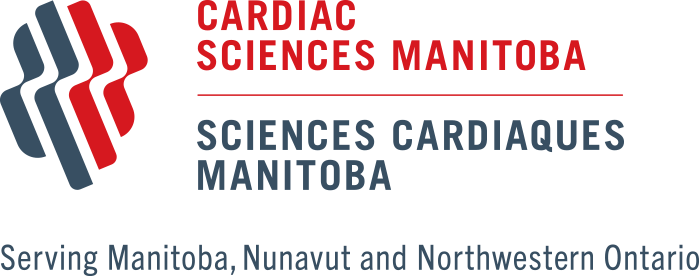Description
Pre-Test Procedures
- The implant will occur in a special room called the Procedure Lab. The doctor who will put in your pacemaker will come and meet you in the Pre and Post Procedure area. This is a good time to ask questions before reading and signing the pacemaker consent form.
- The procedure will be performed by a cardiologist and a team of nurses and technicians.
Test Procedures
- The pacemaker is made of two basic parts: The pacemaker generator (sometimes called the battery) and one or more wires called leads. The generator contains the battery, electronic circuits and the computer that makes the pacemaker work properly. The leads are special wires that are attached on one end to the generator and the other end to a spot inside your heart.
- A small pulse of electricity is sent from the generator and travels along the leads directly to the heart muscle, helping your heart beat at a healthy rate.
- The pacemaker generator is generally implanted on the left side of the chest, just below the collarbone.
Post-Test Procedures
- Bruising or color changes in your skin around the implant site may be noticeable, more prominently if you are using blood thinners.
- You can eat and drink normally when you return to the Pre and Post Procedure Area. Your nurse will help you as needed and can bring you something to drink with a light snack.
Patient Instructions
Arrangements
- You CANNOT drive yourself home. You must arrange for someone to drive you home.
- Arrange for someone to stay with you during your first night home from the hospital.
- If you live more than 1.5 hours away from St. Boniface Hospital, or more than 30 minutes from an emergency department, you will need to make arrangements to stay in Winnipeg for your first night after discharge.
What to Bring/Not to Bring
- Bring your health card and all of your medications in their original packages.
- Bring the name and phone number of your emergency contact person.
- Bring a list of your allergies.
- Do not bring any valuables such as money, jewellery, mobile phones or other personal electronic devices. St. Boniface Hospital is not responsible for the loss or damage to any personal property.
Mandatory Pre-Test Measures
- Fill out the medication list and bring it to all appointments.
- Bring all of your medications in their original pharmacy package or bubble pack. On your implant day, you will be taking your own medications while at the hospital.
- On the day of the implant, do not drink anything after midnight, remove all nail polish and do not wear makeup.
- Do not take any medications on the morning of the implant unless a doctor or nurse from our clinic has specified otherwise.


